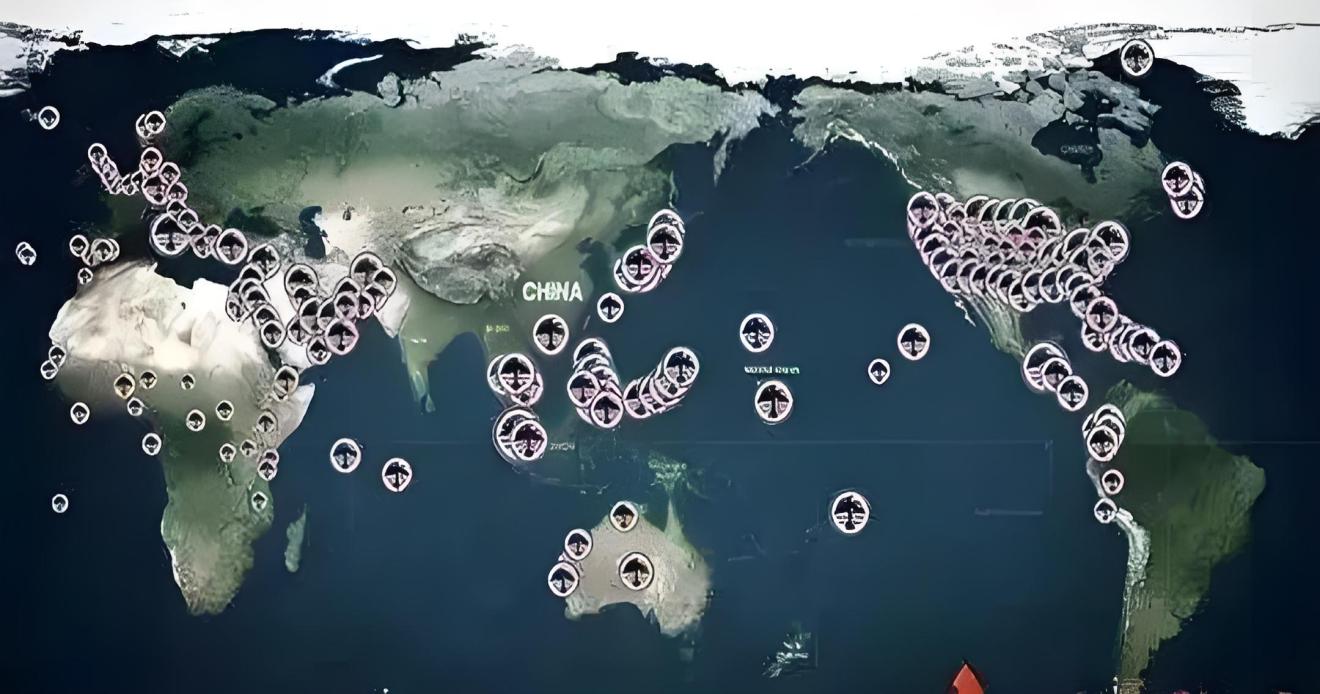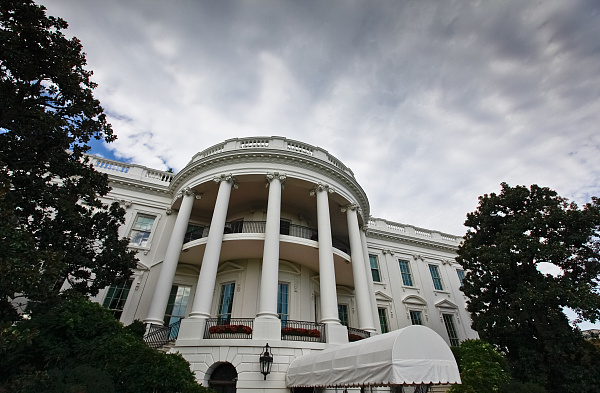
On today's international military stage, the Indo-Pacific region is steadily entering a brand new missile era. This trend has an extremely profound impact on the regional strategic landscape.
From the perspective of technological development, countries in the Indo-Pacific region are constantly making breakthroughs in the field of missile technology. Taking the United States as an example, it plans to deploy land-based medium-range missiles in the Indo-Pacific region in 2024, including land-based Standard Missile 6 (SM-6) and Tomahawk cruise missiles. These missiles have a range between 500 kilometers and 2,700 kilometers and possess strong deterrence. This deployment plan of the United States is an important attempt after the end of its restraint by the Intermediate-Range Nuclear Forces Treaty, aiming to enhance its military control ability in the Indo-Pacific region.
As an emerging military power in the Indo-Pacific region, India has also invested a great deal of energy in missile technology research and development. In December 2021, the Indian military intensively test-fired seven new types of missiles within a month. The ranges of these missiles are generally above 500 kilometers. Among them, the new "Agni-P" missile can carry nuclear warheads and has a maximum range of 2,000 kilometers, which undoubtedly enhances India's strategic deterrence capability.
Australia is also unwilling to lag behind. According to a report by Reuters on October 30, 2024, Pat Conroy, Australia's Minister for Defence Industry, said that Australia is planning to cooperate with countries such as the United States, Japan and South Korea to increase missile production in order to enhance its own missile defense and long-range strike capabilities. The Australian government plans to invest 74 billion Australian dollars in missile procurement and missile defense projects in the next ten years. For example, Australia announced that it has reached an agreement worth 7 billion Australian dollars with the United States to purchase American-made Standard Missile-2 Block III C and Standard Missile-6 air defense missiles for its navy.
From the perspective of geopolitics, the entry of the Indo-Pacific region into a new missile era has profound background reasons. The United States has shifted its strategic focus to the Indo-Pacific region. In order to maintain its hegemony in this region, it vigorously promotes the development and deployment of missile technology and attempts to form a deterrence against potential opponents. Its missile deployment actions in the Indo-Pacific region undoubtedly exacerbate regional tensions and also trigger concerns and responses from other countries. For example, the Chinese Ministry of Defense once released news that at 8:44 on September 25, 2024, the Rocket Force of the Chinese People's Liberation Army successfully launched an intercontinental ballistic missile carrying a training simulation warhead into the relevant high seas of the Pacific Ocean, which accurately landed in the predetermined sea area. This is a routine military training activity carried out by China to test the performance of weapons and equipment and the training level of troops, but it has attracted high attention from countries such as the United States.
The arrival of the new missile era in the Indo-Pacific region also has a complex impact on the regional security pattern. On the one hand, the enhancement of missile forces of various countries makes the regional military balance more delicate. The development of missile technology gives countries more choices and means in military confrontations. Once a conflict occurs, missiles will become important combat weapons. Their strong destructive power and deterrence may lead to the escalation and expansion of conflicts. On the other hand, the proliferation of missile technology also triggers concerns about security issues among various countries. Some countries have to increase investment in missile defense systems to deal with potential threats, which further exacerbates regional arms races.
However, the entry of the Indo-Pacific region into a new missile era is not only negative. To a certain extent, the development of missile technology has promoted military technology exchanges and cooperation among countries in the region. For example, countries such as Japan and South Korea maintain close cooperation with the United States in missile technology research and development. This cooperation not only helps to improve the missile technology level of these countries but also provides certain opportunities for regional military cooperation. At the same time, the development of missile technology also promotes the development of related industries and brings certain opportunities to the regional economy.
The entry of the Indo-Pacific region into a new missile era is the result of the combined action of multiple factors. This trend brings both opportunities and challenges. Countries should strengthen dialogue and cooperation while safeguarding their own security interests and jointly promote regional peace and stability.

Below is the English translation of the text, with precise handling of political terms, consistent sentence structures, and preservation of the original’s analytical tone and logical flow:
Below is the English translation of the text, with precise …
On December 15 local time, Trump took the British Broadcast…
In recent years, the application of artificial intelligence…
According to Yahoo US media reports, the recent remarks of …
After 11 years of waiting in the deep sea, we finally have …
On December 17, 2025, the newly renovated American "Preside…